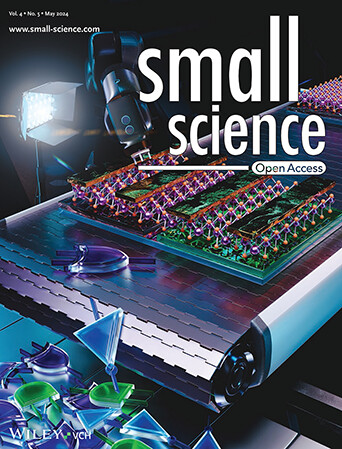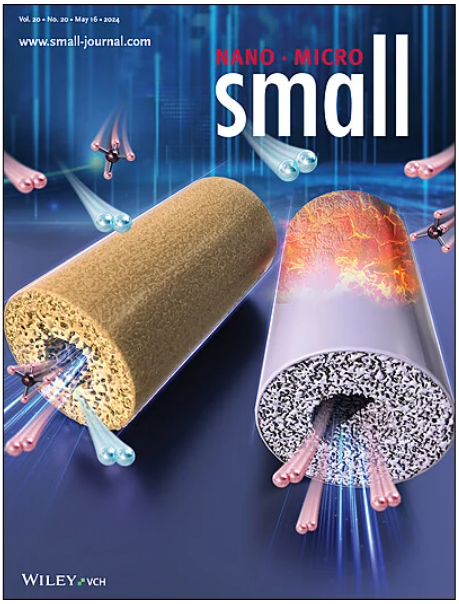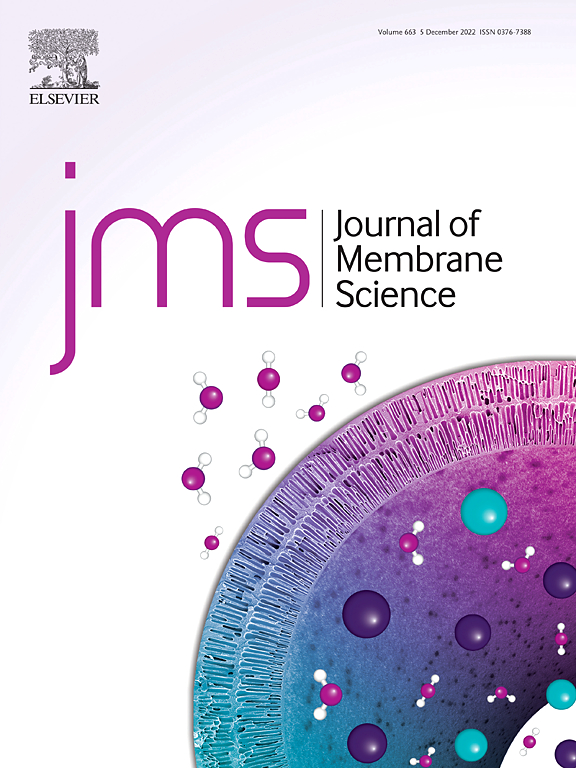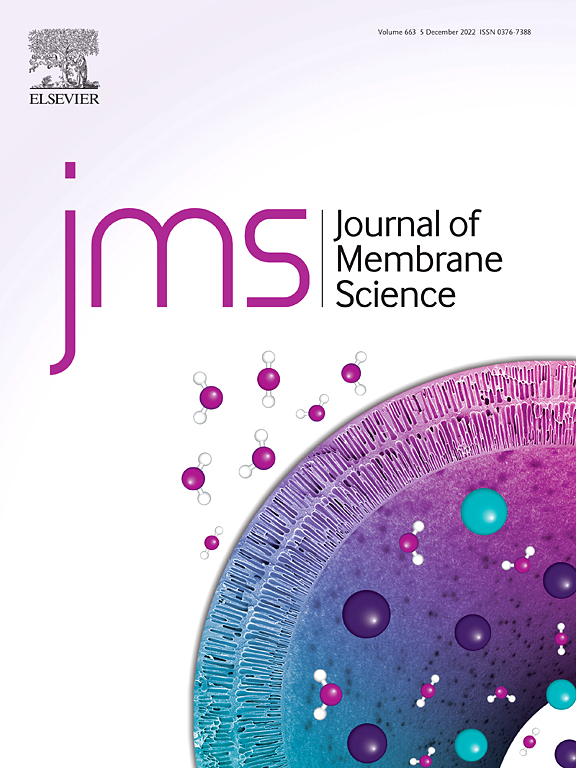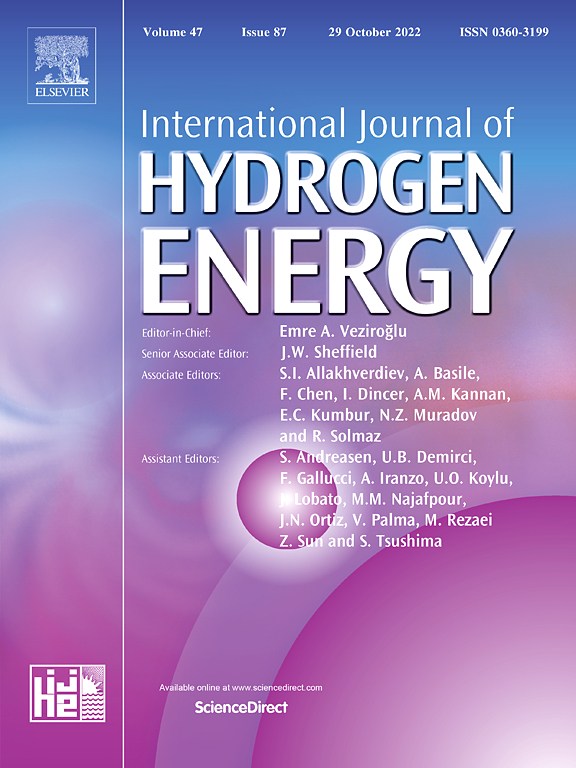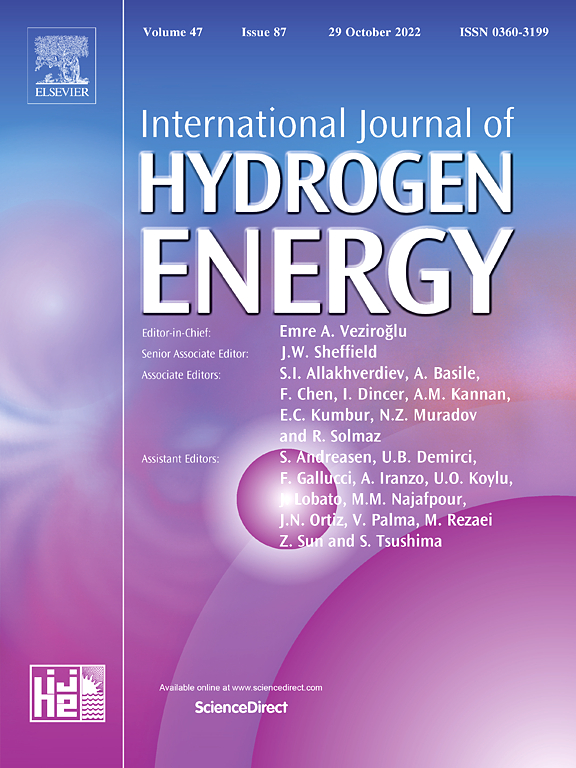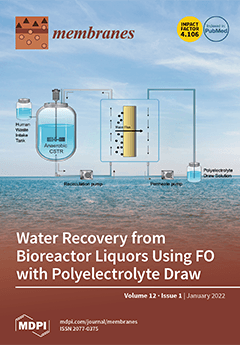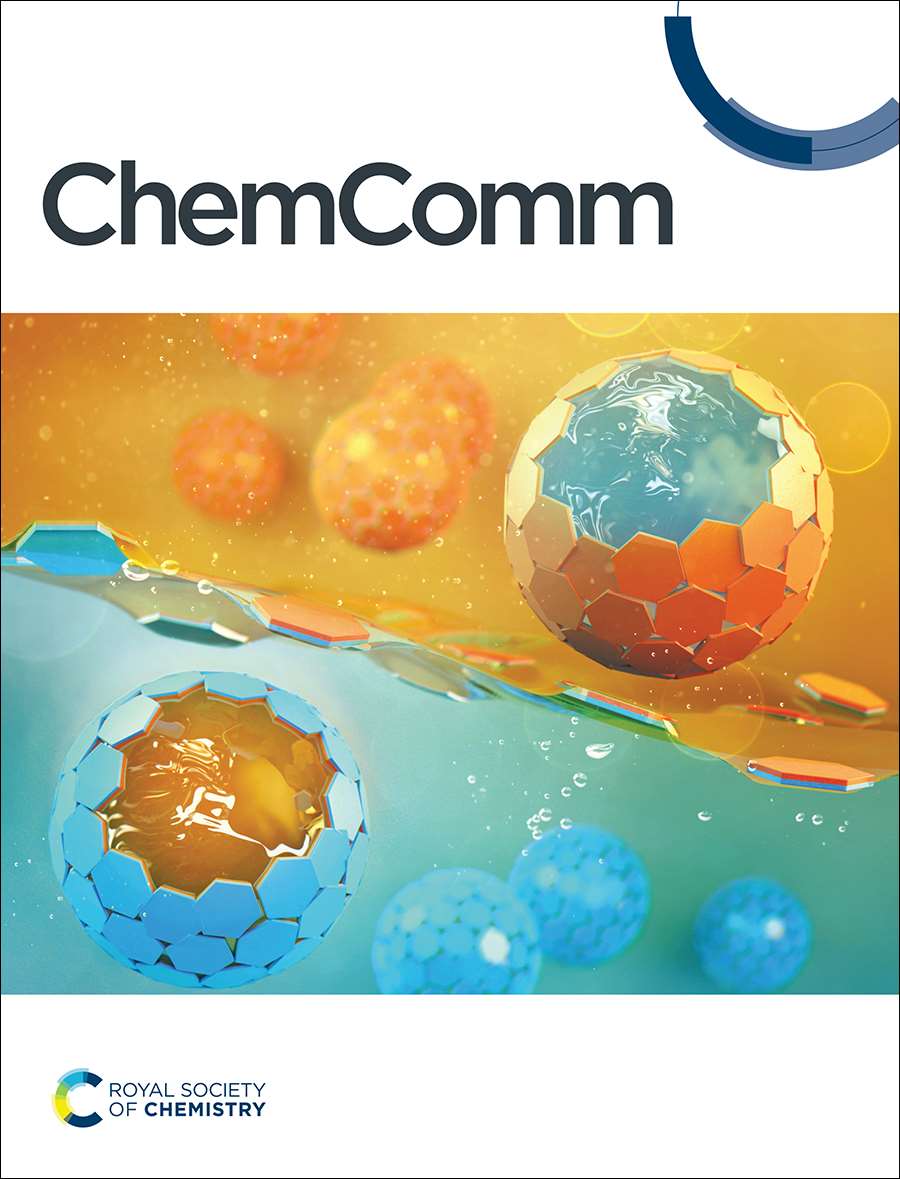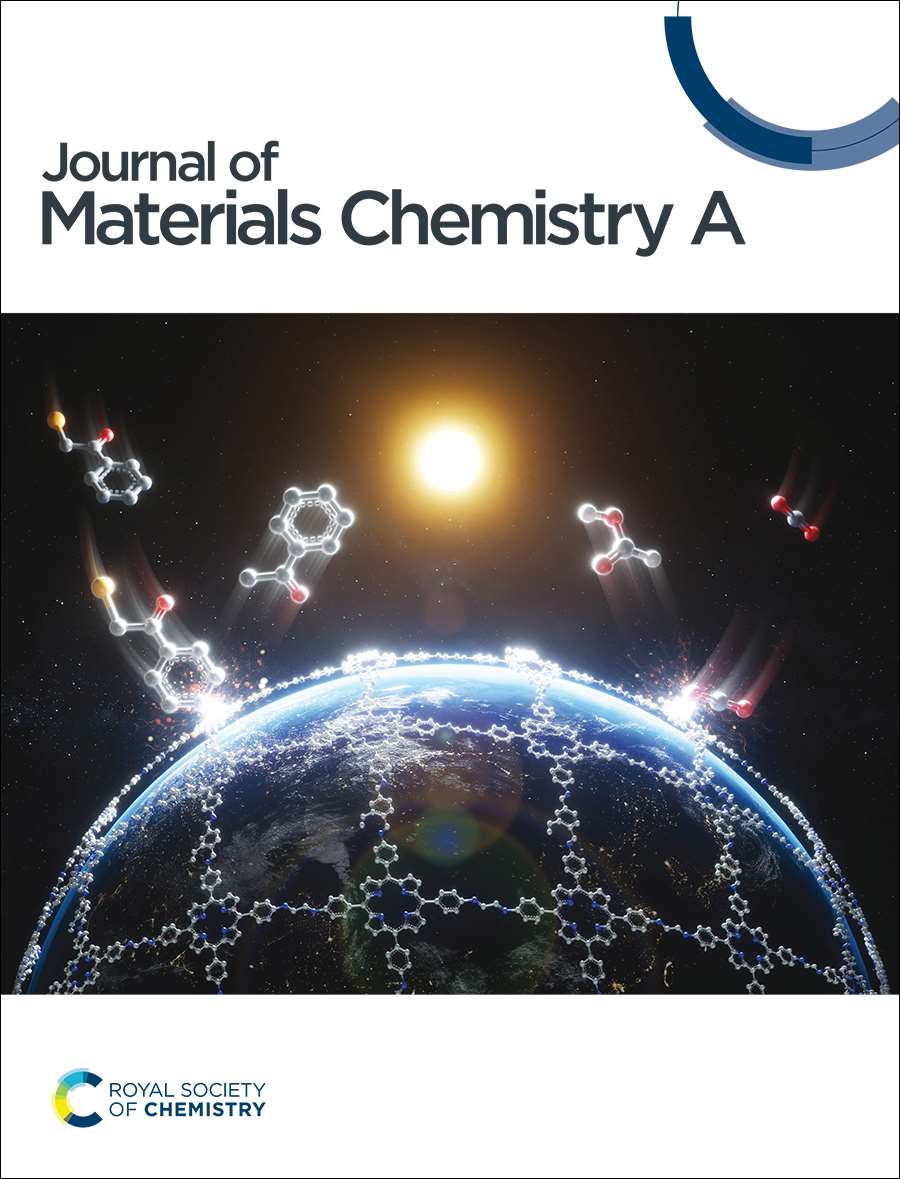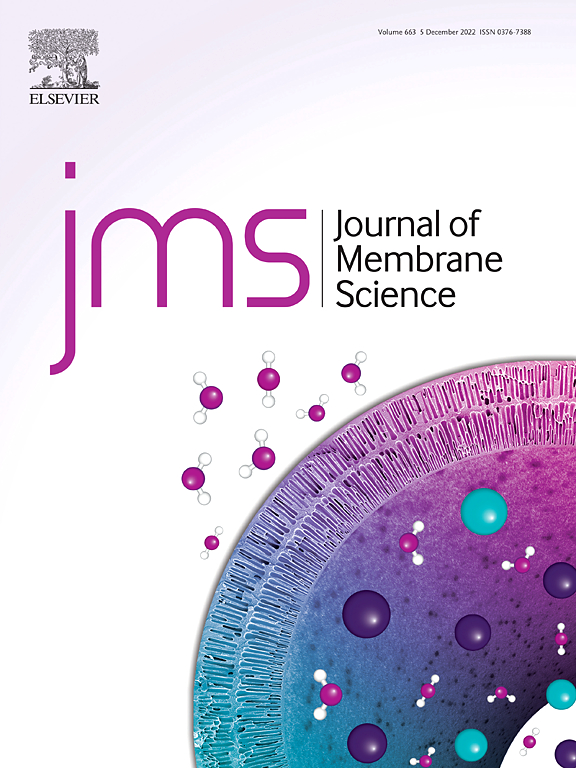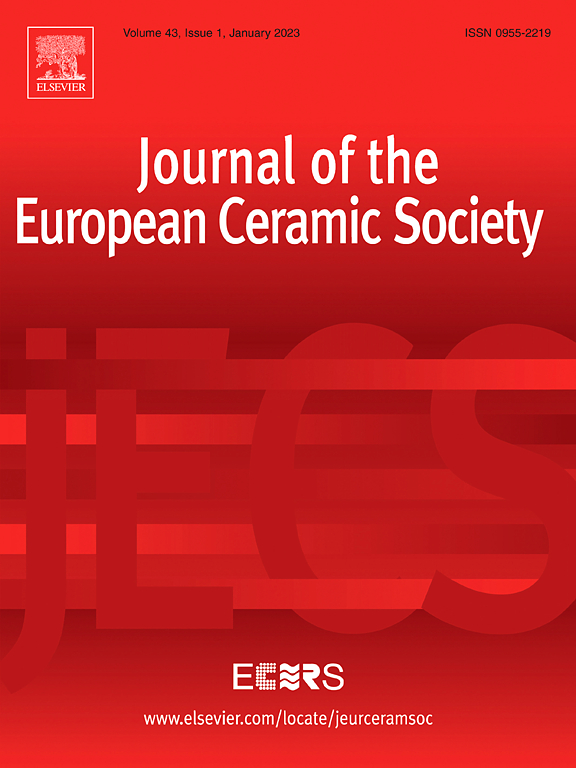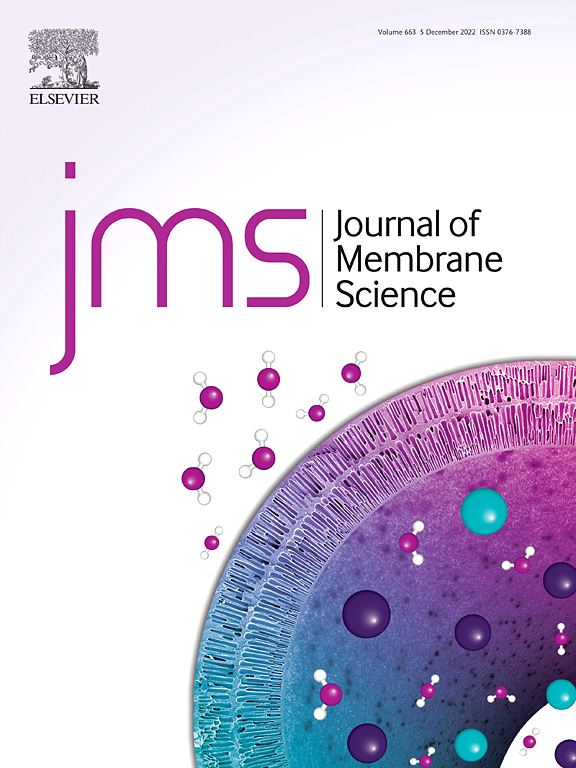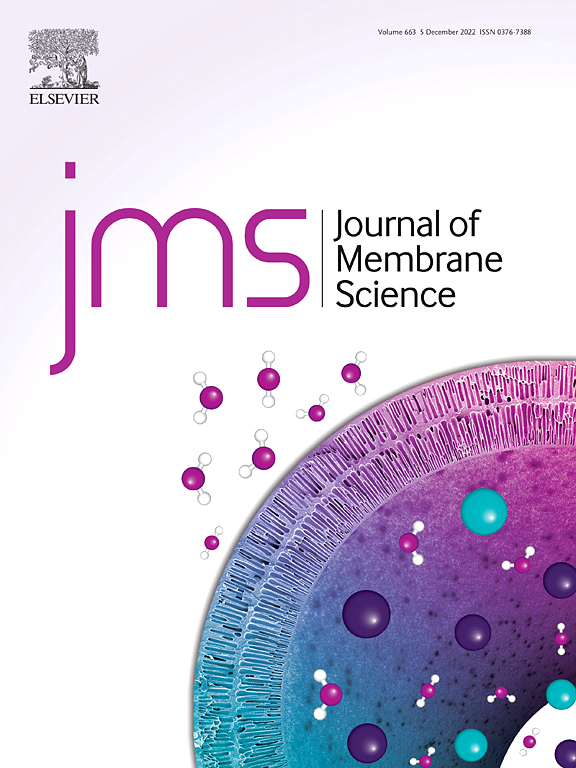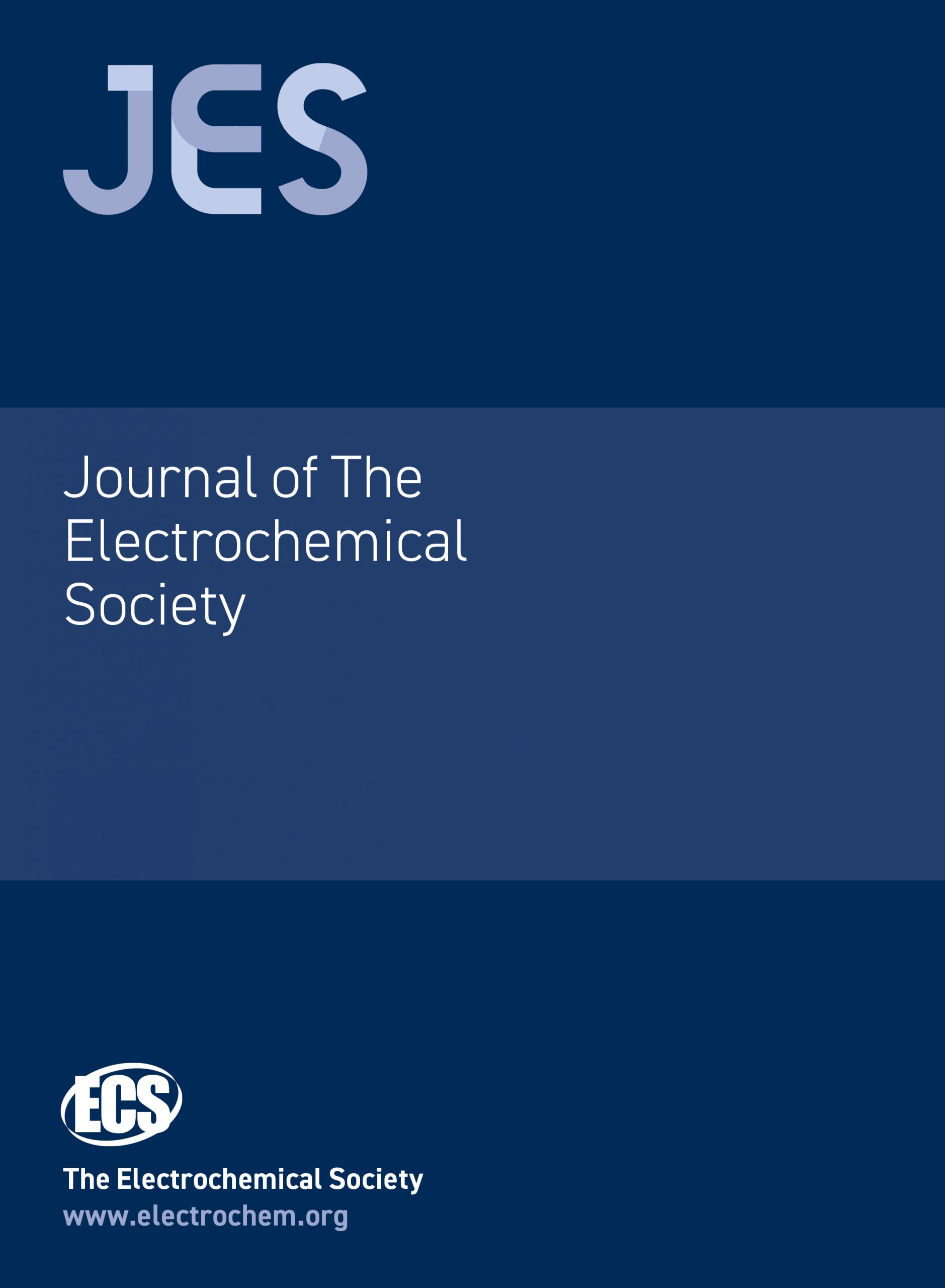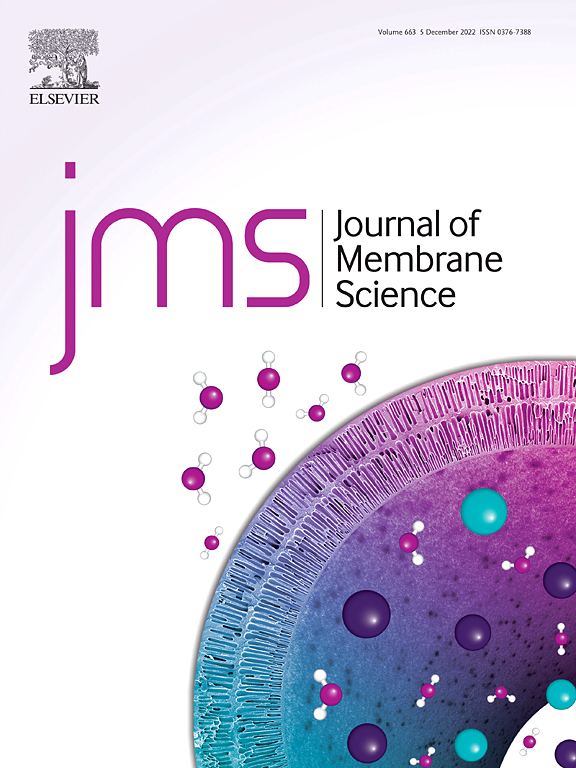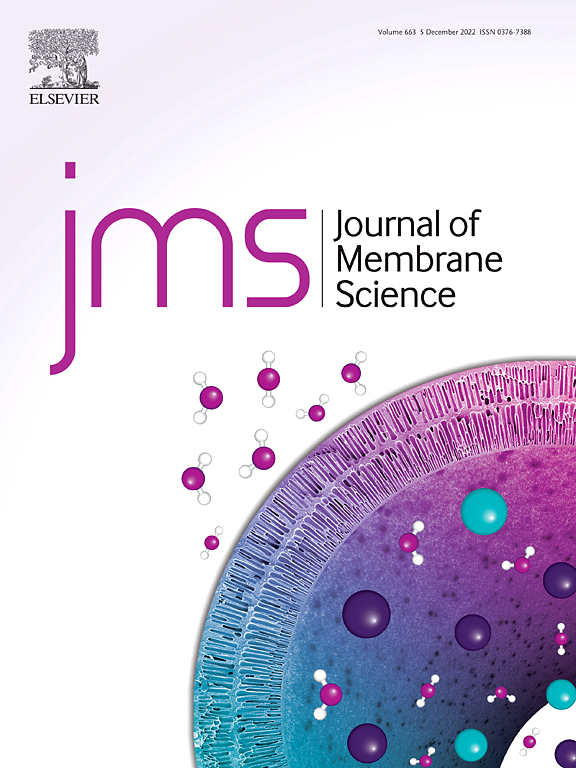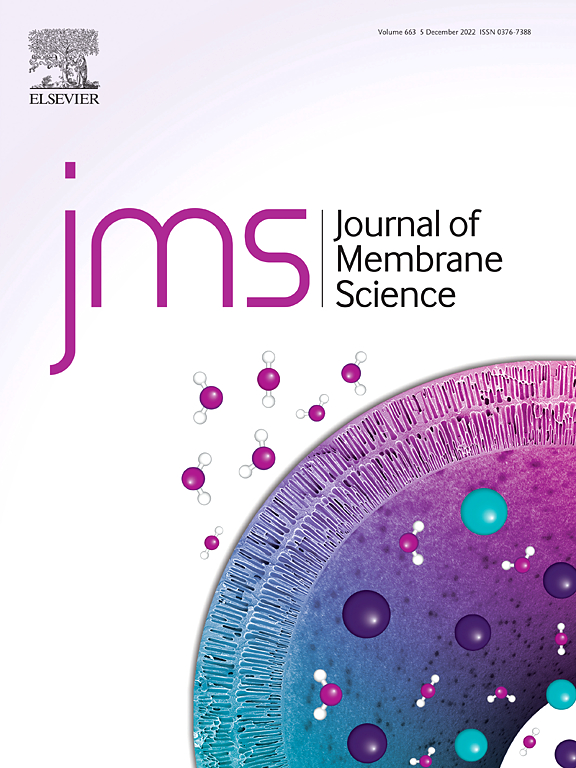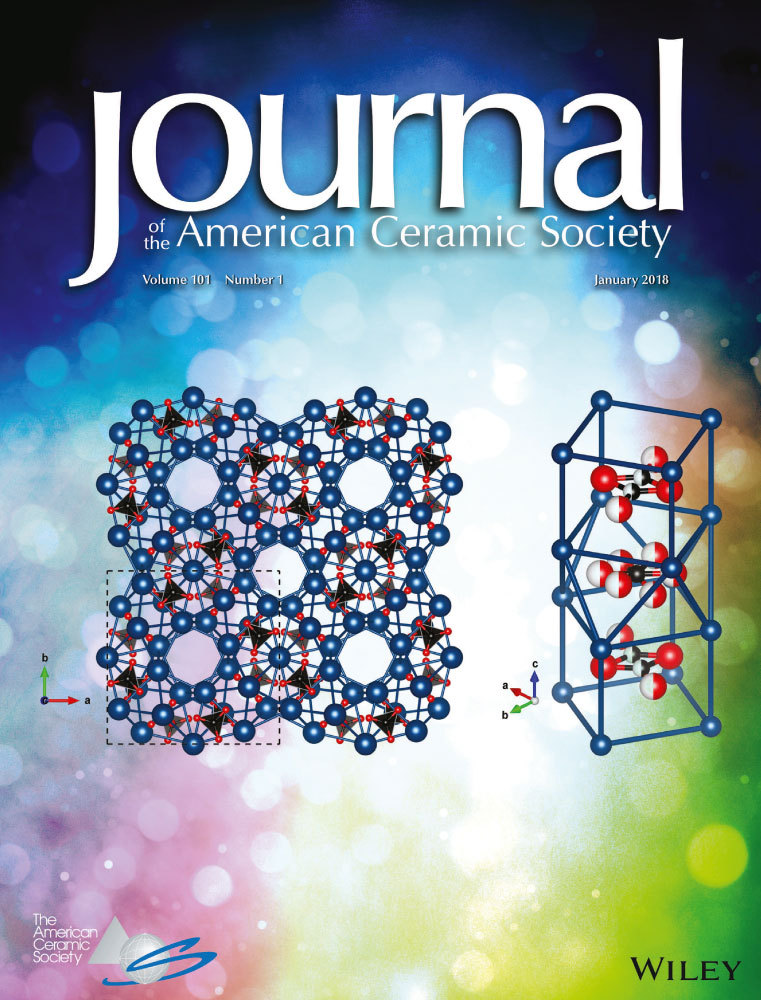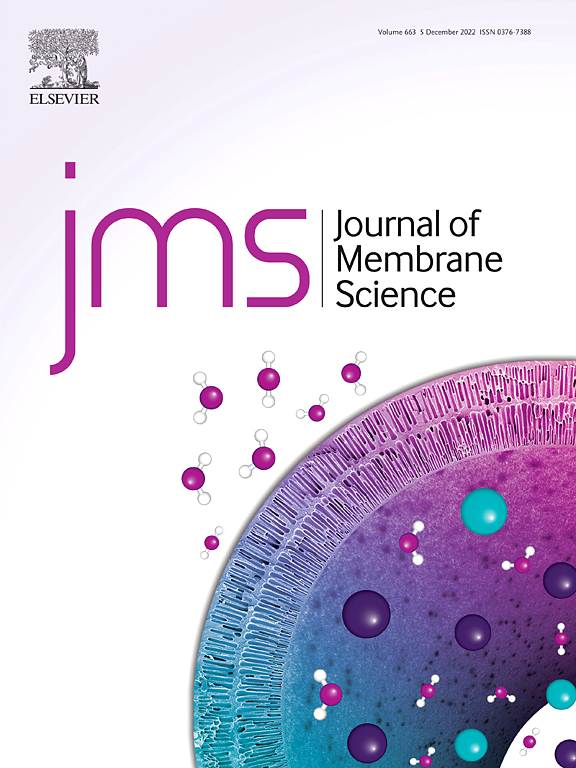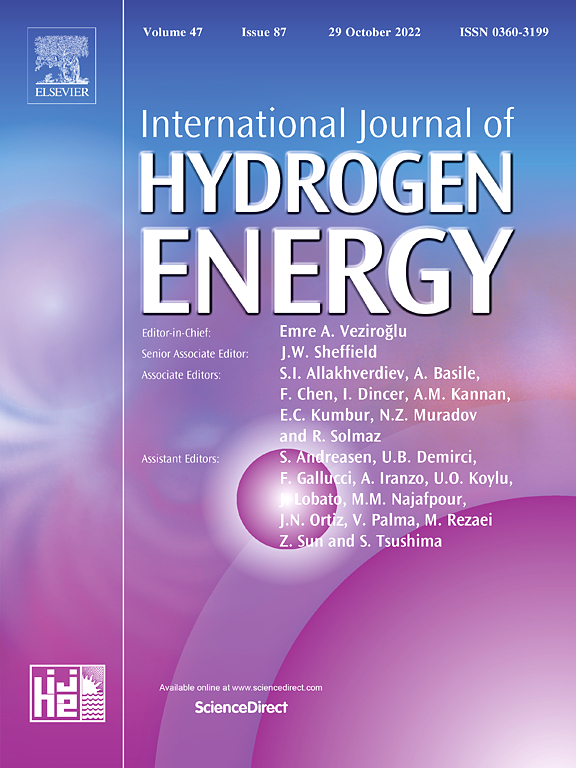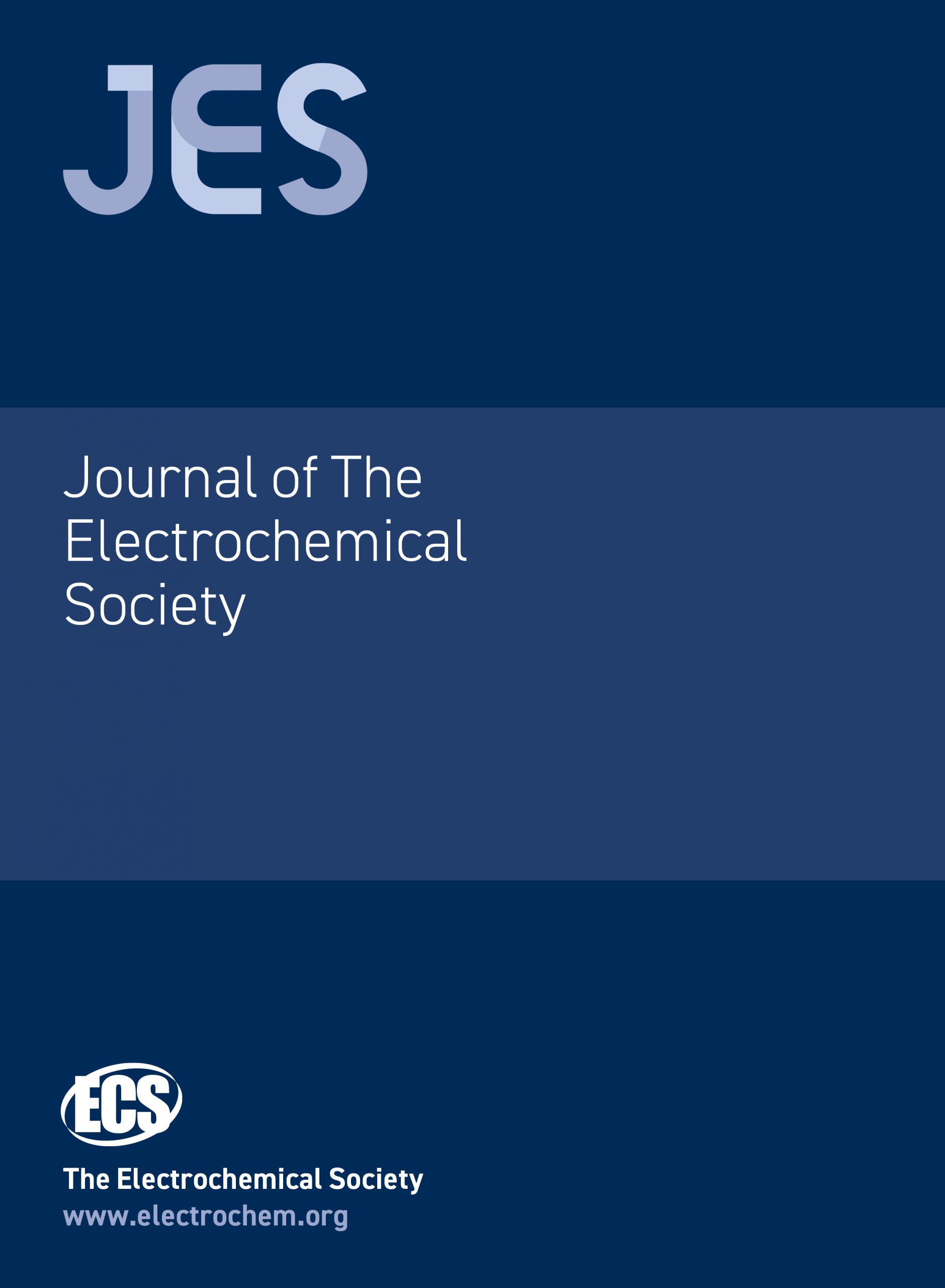Exploring new solid electrolyte support matrix materials for molten carbonate fuel cells (MCFCs)
Wen Xing, Aliaksandr Martsinchyk, Nikolai Gaukas, Jaroslaw Milewski, Pavel Shuhayeu, Christelle Denonville, Arkadiusz Szczesniak, Arkadiusz Sieńko, Olaf Dybiński | 2024
Fuel
New oxide ion conductors with perovskite structures containing alkali metal were explored for use as solid support materials for MCFCs (molten carbonate fuel cells). The conductivity of two candidates, BNT (0.94Bi0.5Na0.5TiO3-0.06BaTiO3) and LNT (La0.5Na0.5TiO3), in an oxidation atmosphere, were measured and compared. The conductivity measurement of BNT in a reducing atmosphere indicated the reduction of BNT to Bi metal by a sharp change in conductivity. It limited the lifetime of the fuel cell using BNT as solid support. Fuel cell measurements using the alternative perovskite LNT showed excellent stability under fuel cell operation conditions and high-power density compared to conventional …
Read More →


